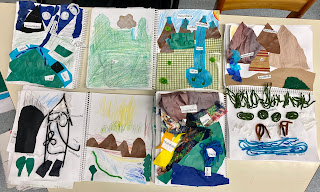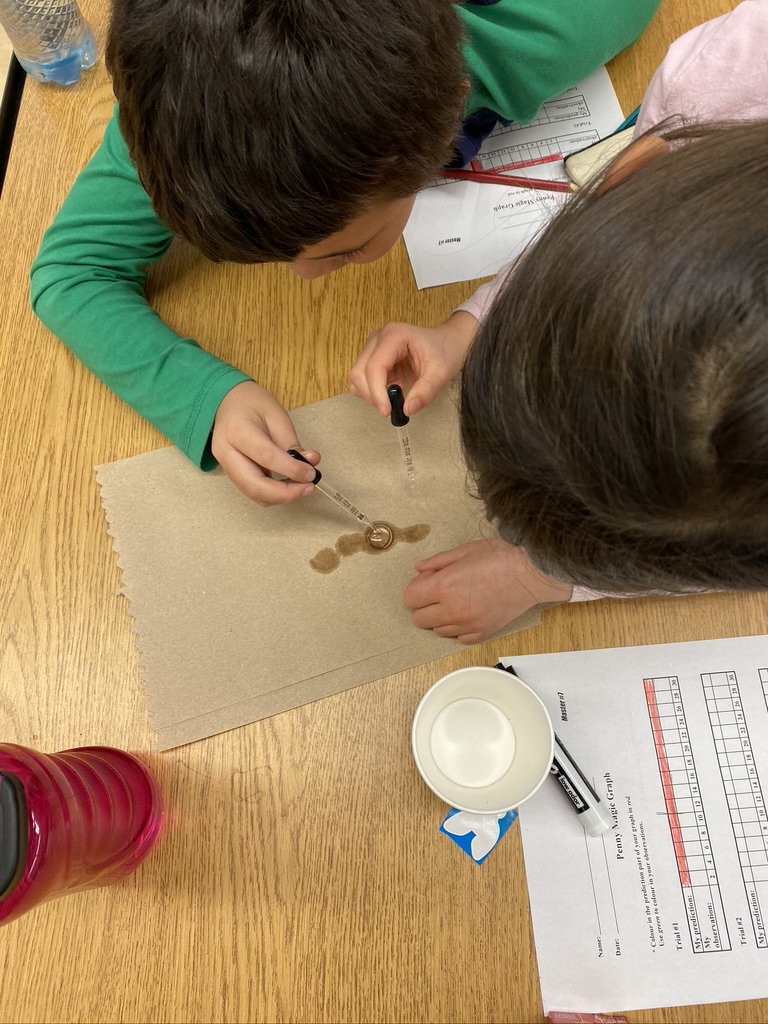June 10 -14th
This week we worked very purposely on a couple projects which we can not disclose as of yet or it would ruin the surprise! Students were very keen to show their love and care and put a great deal of heart and joy into these projects. (more information to come).
A very Happy Father's Day to all the Dads of all kinds out there! We value all that you do and appreciate you!
This week we also wrapped up our animal research google slide presentation. This was a major project that we have worked on for the last couple weeks that encompassed learning intentions from literacy, social studies, and science. If your child has not shared their project with you - please log into their cbe google account with them and view it and have them explain their learning. They are all very proud of these projects and would love to show them off!
What Is a Unit Fraction?
You create a fraction by dividing a whole into parts. If you are looking at the whole as an area (or amount of space), the parts you call fractions should be equal in area.
For example, one-half means there are two parts with equal areas.
One-half is the unit fraction that describes one of those parts. Unit fractions are fractions where the whole is divided into parts, but only one of those parts is considered (e.g., one-half or one-fourth or one-sixth).
What Is a Fraction?
You create a fraction by dividing a whole into parts. If you are looking at the whole as an area (or amount of space), then the areas of the parts you call fractions should be equal.
For example, one-fourth means there are four parts with equal areas, and you are describing one of those parts.

We also use the words halves, thirds, fifths, sixths, eighths, and tenths when we talk about 2, 3, 5, 6, 8, and 10 equal parts.












Comments
Post a Comment